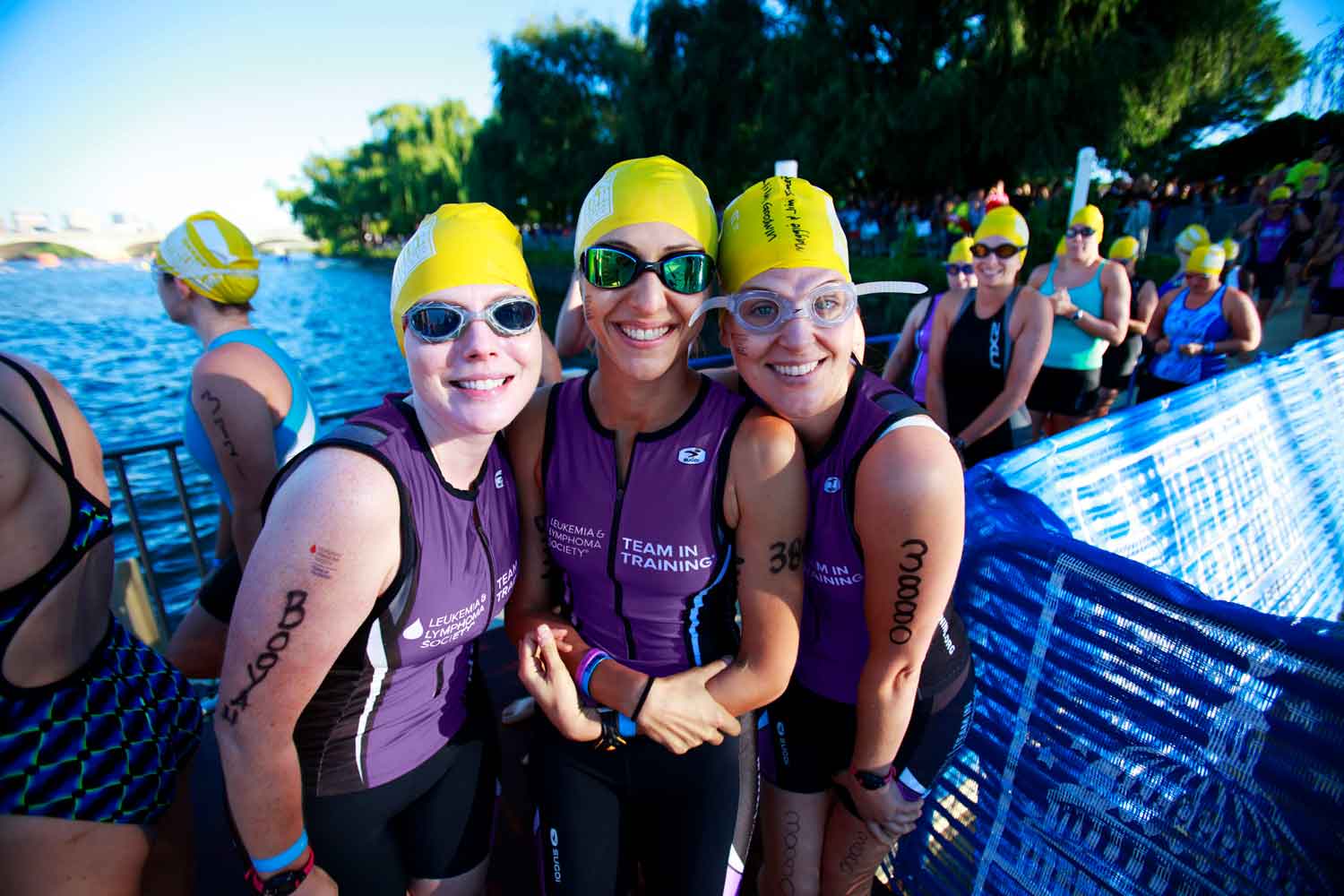Racing for a Cause Can Make You a Better Athlete

When Karin Jeffrey first did a 100-mile bike ride with Team in Training back in 1997, “it was a lot less common,” she said. “It was considered crazy or extraordinary for normal people to do an Ironman or a marathon.” Since then, cause-based racing or charity fundraising through endurance events has become ubiquitous. Last year, the 30 biggest charity fundraising organizations and events within endurance sport raised $1.45 billion total. There are thousands of charity events with millions of participants. Some of these offer training programs, schedules, and workouts—while others simply ask you to fundraise a donation on your own. There are even a growing number of individuals who create their own ad hoc events—like the Iron Cowboy’s 50 Ironmans in 50 days, which raised money for the Jamie Oliver Food Foundation. “We see a lot of people come up with their own challenges,” said Peter Panepento, who oversees research for the Peer to Peer Professional Forum, an association that works with charity professionals.
There are two kinds of people who choose to race for charities, said Panepento: those who already participate in endurance events “and are looking for a way to give back” or to find some added motivation in their current endeavors, and those who primarily want to support the cause and, in turn, “use that to motivate themselves to participate”—often in their first event.
For Jeffrey, the experience was so meaningful that she not only signed on to help with Team in Training—as a bike coach for the next 20 years—but she also studied the motivations of participants for her master’s thesis in sports psychology at San Jose State University, where she’s now a lecturer.
She found that if people had a connection with the cause or with patients who benefitted from the fundraising, then it did increase their motivation to train and to finish. Some people also reported hearing spectators cheering for their charity, which pushed them harder in the race.
“They feel if they’re doing it for somebody other than themselves, they’ll be more motivated to stick with it,” she said. There’s also the sunk cost and embarrassment factor—once you’ve asked all your friends and family to donate, you’re really not going to want to drop out. Another study also found that when people endure pain or discomfort in the name of charity, they see their contributions as more meaningful. That’s especially true when the charity seeks to actually reduce suffering.
However, Jeffrey found the sense of a higher purpose only helped people stick with the program and push themselves in the race if there was a personal connection with the charity. “The idea alone was not enough to keep them going,” she said.
Charity programs with a group-training component also gave participants an added boost—from training partners, accountability, and knowing there was a schedule to get them prepared for a race they otherwise might not be prepared for.
There’s one last added reason to race with a charity, said Panepento: Most of the major races have designated charity bibs. So if you can’t get into the Boston Marathon, you might still be able to race if you fundraise—doing some good for everybody while you cross the finish line.